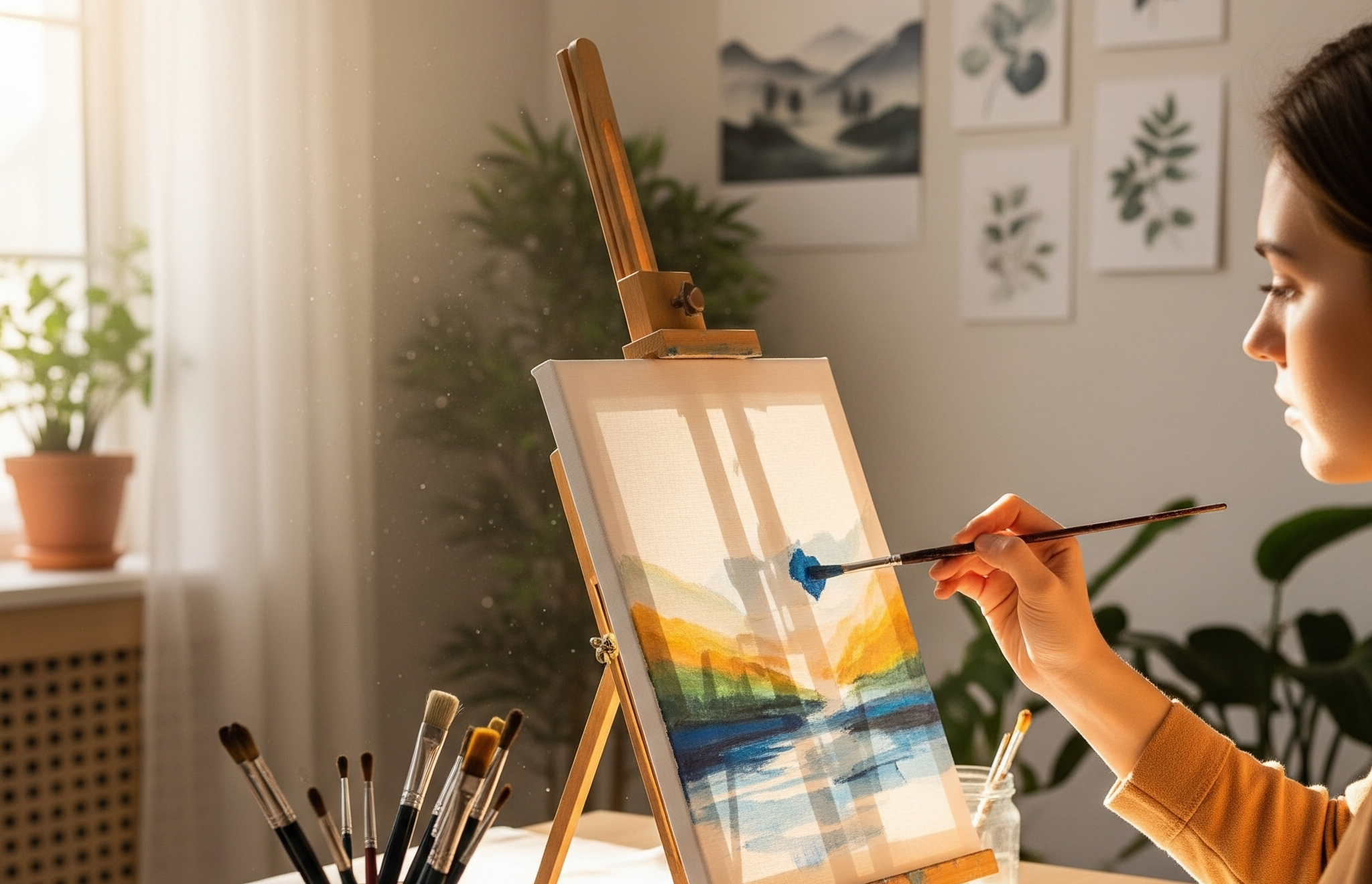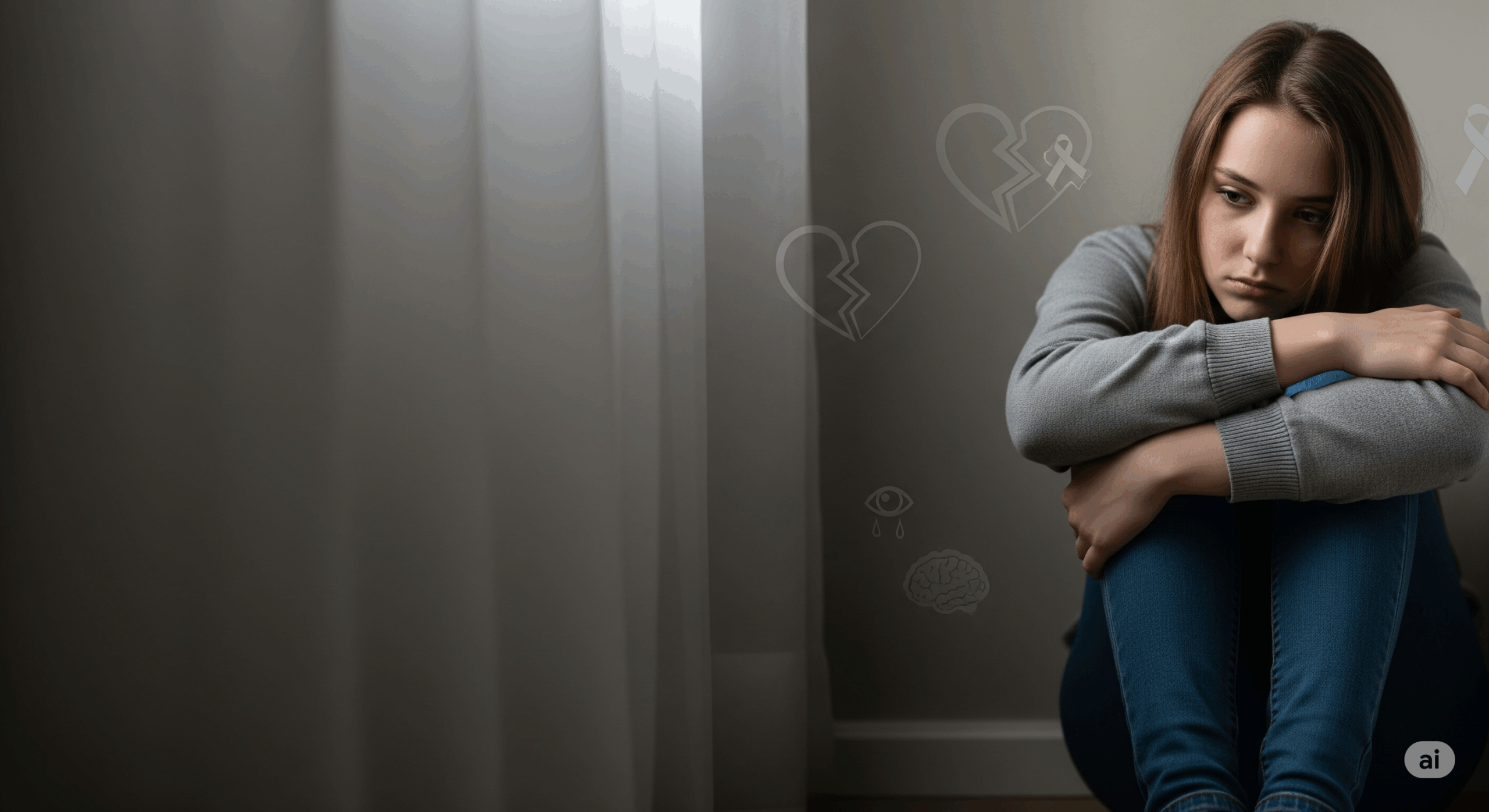Introduction
In a world that often demands constant productivity and perfection, creative expression has become more than a hobby—it’s a lifeline. Art therapy, a powerful form of mental health support, allows individuals to explore emotions, cope with stress, and find meaning through painting, drawing, and other artistic outlets. It’s not about creating masterpieces—it’s about healing from the inside out.
What Is Art Therapy?
Art therapy is a structured therapeutic approach that uses the creative process to improve mental, emotional, and even physical well-being. Guided by a licensed therapist, individuals engage in activities like sketching, sculpting, or painting to communicate feelings that may be difficult to express verbally.
This method has been proven to help people struggling with:
-
Depression and anxiety
-
Post-traumatic stress disorder (PTSD)
-
Grief and loss
-
Emotional trauma
-
Self-esteem and identity issues
How Art Therapy Improves Mental Well-Being
1. Reduces Stress and Anxiety
Engaging in art helps shift the brain’s focus away from worry and toward creation. The process itself can lower cortisol (the stress hormone), allowing people to feel more relaxed and emotionally grounded.
2. Provides a Safe Space for Expression
For those who find it hard to talk about their emotions, art becomes a bridge. Abstract colors, shapes, and textures can represent deep feelings, enabling release without needing the “right words.”
3. Boosts Self-Esteem
Completing an art project—no matter the skill level—can offer a sense of achievement. Over time, this builds confidence and encourages a more positive self-image.
4. Encourages Mindfulness
Art therapy shares many qualities with mindfulness. Focusing on brush strokes or clay shaping keeps your attention in the present moment, reducing rumination and promoting mental clarity.
5. Promotes Emotional Healing
Art can help uncover and process buried emotions or traumatic memories. With proper guidance, this leads to increased emotional regulation and healing over time.
DIY Art Therapy Exercises You Can Try at Home
Even without a certified therapist, you can practice art as a form of self-care. Here are a few guided activities you can do alone or with loved ones:
1. Emotion Wheel Drawing
Draw a large circle and divide it into pie-like slices. Fill each slice with colors, patterns, or images that reflect how you’re feeling. This is especially helpful for identifying mixed emotions.
2. Visual Journaling
Instead of writing in a journal, paint or doodle your thoughts and experiences. Use different mediums—markers, paint, collage—to express your day or mood.
3. Collage Your Calm
Cut out calming images from magazines or printouts and create a “calm board.” This activity helps reduce anxiety and creates a visual tool for grounding during stressful moments.
4. Clay Play
Use soft clay or playdough to mold shapes representing things that bring you peace or joy. This hands-on activity is very grounding and sensory-rich.
5. Paint Your Safe Space
Visualize and paint a place (real or imagined) where you feel completely safe. This can serve as a powerful mental refuge when you’re overwhelmed.
Who Can Benefit from Art Therapy?
While often associated with children or those in recovery, art therapy is beneficial for all ages. Teens struggling with self-image, adults experiencing burnout, or seniors facing loneliness can all find solace through art. It’s a flexible approach that meets people where they are.
When to Seek Professional Help
If your emotional challenges feel too overwhelming or persistent, working with a certified art therapist can provide structured support. Art therapists use clinical techniques to help uncover deeper emotional patterns and guide healing.
You can find a registered therapist through:
-
American Art Therapy Association (AATA)
-
Local mental health clinics or hospitals
-
Teletherapy platforms offering creative arts therapy
Conclusion
Mental well-being isn’t just about fixing problems—it’s about nurturing the self. Art therapy offers a non-judgmental, empowering space to explore and heal. Whether you’re managing stress, dealing with trauma, or simply wanting to reconnect with yourself, creativity might be the key you didn’t know you needed.





